Covering an area nearly twice the size of Texas, Colombia is a huge country. And with a backbone formed by the Andes Mountains and vast swathes of forest covering more than 70% of its land area, Colombia isn’t the easiest place to navigate overground.
Luckily, getting around in Colombia is made easier by a solid network of transport options, allowing you to cover large distances relatively easily, although you’ll be hard pushed to fit all highlights of the country in just one trip.
While some remote parts of Colombia are best avoided because of ongoing guerilla or paramilitary activity, exploring this country is now safer than it’s even been. Most visitors use a combination of inexpensive domestic flights, affordable long-distance buses and pocket-friendly local transport – with the latter being the only means of exploring some of the country’s more rural stretches.
However you travel, getting around in Colombia is an experience in itself, and using public transport should be an integral part of any trip to this lively South American nation. Here’s a guide to the options.
Getting around by air saves time, but not carbon
Thanks to a flood of no-frills airlines making their mark in Colombia, it’s never been easier to turn all-day bus journeys into short flights. Viva Air Colombia and EasyFly are the main budget companies, and you’ll find fares are only a little higher (if not the same) as the comparable bus journey, making domestic flights an extremely affordable and time-saving solution (though you’ll need to factor in the carbon cost).
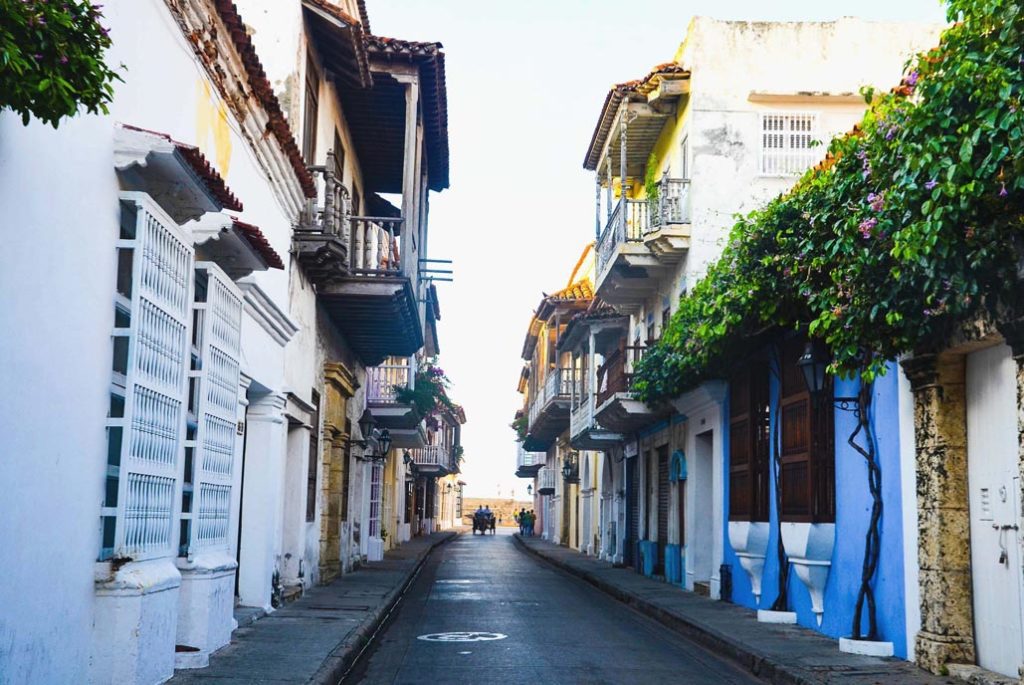
Be aware that prices skyrocket during December and January when Colombians rush to the Caribbean coast for their holidays – destinations such as Cartagena, San Andrés and Santa Marta are heavily affected. Booking in advance is generally advised, but you can sometimes find good deals at the last minute.
See more :
For many remote coastal and Amazon regions, flying is the only option, with Leticia, Nuquí and La Macarena among the destinations yet to be connected by road. Flights are mostly served by the state-owned airline Satena, using small jets and ATR turboprops.
Efficient long-distance buses link hubs such as Bogotá, Medellín, Cali and Cartagena © R.M. Nunes / Getty Images
Buses are the backbone of public transport in Colombia
As in most countries in South America, buses are the main mode of transport in Colombia. Most towns have a central bus station from which large public buses depart for destinations across the country. If you’re sticking to a backpacker budget, traveling by overnight bus will save costs on accommodations and help you stretch your money further.
For the nine-hour bus ride from Medellín to Bogotá, you can expect to pay around COP$65,000 (US$17), while the 11-hour bus ride from Bogotá to Cali will set you back around COP$80,000 (US$21). This affordability comes with other costs, however. On most bus journeys in Colombia, you can expect to be treated to music so loud you’ll be worried about bursting your eardrums, or excessively violent films played for the entirety of the journey.
Earplugs are a must, and bringing enough food and drink to get you through the long hours is also essential. Air conditioning is typically cranked up to Arctic levels, so bring plenty of layers, even if you’re traveling in a hot part of the country. Keep your passport handy as you may be asked to show ID at military checkpoints en route.
Colombia is crisscrossed by snaking mountain roads, and bus drivers often put their foot down on the gas on open stretches, so you’ll need to be strong of stomach or bring anti-sickness pills to stave off motion sickness. Be cautious with your belongings – don’t flash expensive cameras or phones around and avoid keeping valuables in luggage placed beneath the bus or in the overhead lockers. Keep precious items close by at your feet where you can see them at all times.
Choosing a bus company
Not all bus companies are created equally. Traveling around the country is safer than it has been for years, but for long-distance journeys in Colombia, it’s still best to book with one of the more expensive bus companies such as Expreso Bolivariano and Flota Occidental, rather than relying on cheaper operators.
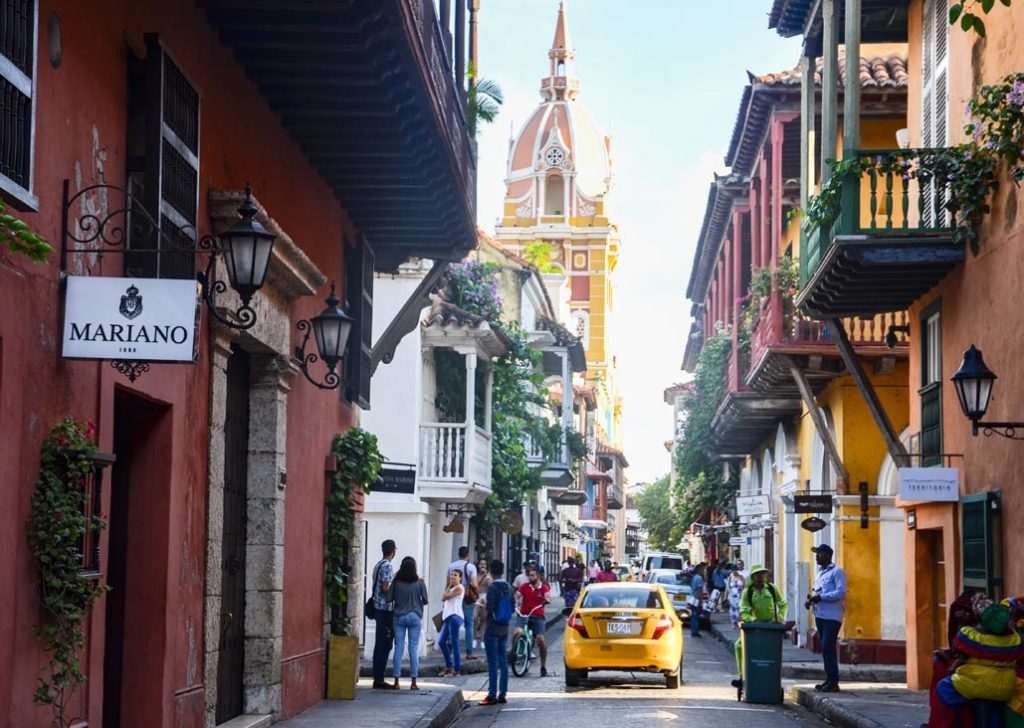
On these premium services, buses don’t stop to pick up passengers mid-journey, which reduces the risk of being hijacked (it’s uncommon but still a possible scenario). These buses also have more legroom, functioning toilets and sometimes even wi-fi, and they are more likely to stick to schedules and get you to your destination on time.
Colectivos and chivas are handy for shorter trips in rural Colombia
For shorter trips between regional destinations, the quickest route is often by buseta or colectivo – interchangeable terms for a minivan, which will be packed to the max with people squeezed in alongside luggage and potentially even livestock. Because of their small size and speed, these vehicles can cover shorter distances between towns and cities much faster than larger buses, and they charge a slight premium as a result. Sometimes colectivos also take the form of shared taxis with just four passengers.
Prices are typically paid directly to the driver, who decides the price, and the van or car won’t leave until full. It’s better to better to look for a vehicle with passengers on board that’s almost ready to depart, rather than committing your luggage to an empty vehicle.
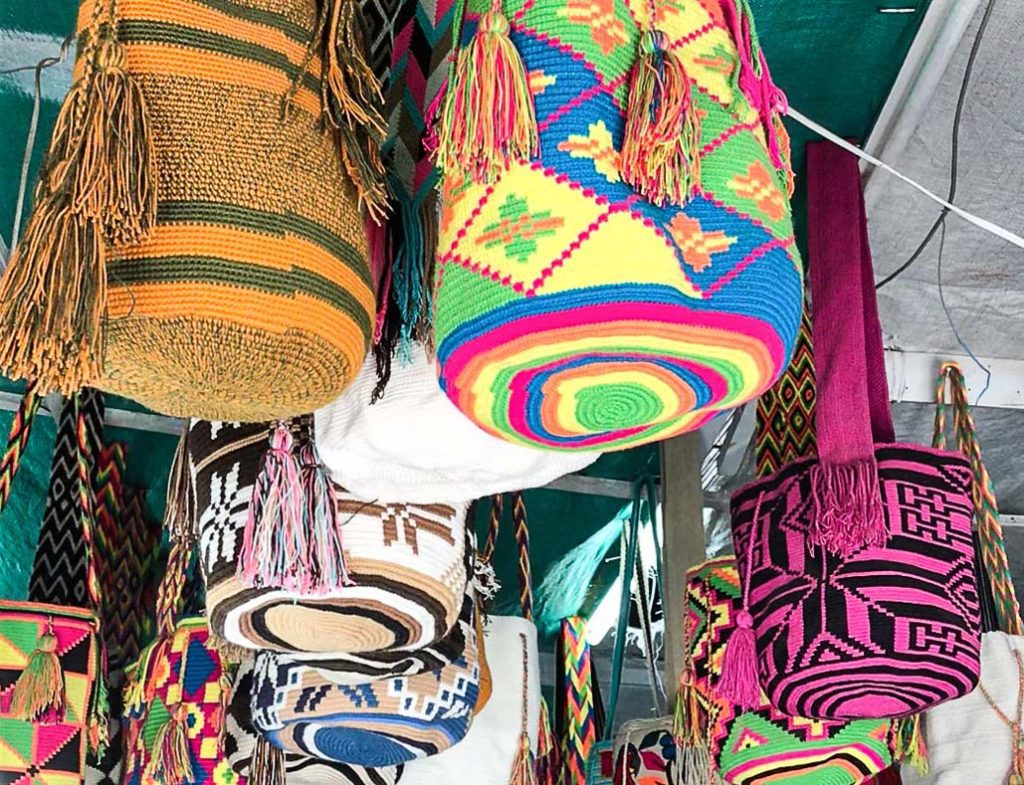
In the coffee region, you might also encounter old-fashioned Willys jeeps – small 4WD vehicles that have room for a couple of passengers seated up front, and more clinging on at the back – though this can be a hair-raising way to travel. Iconic chivas, colorful but aging local buses with seating inside and on the roof, are still a fixture in rural areas. You’ll mostly find them crawling up mountain roads or offered for rent as raucous party buses around the bigger cities.
Urban transport in Colombia is safe and efficient
In Colombia’s larger cities, you can expect to find clean and safe public transportation. In Bogotá, the TransMilenio bus network serves the city using dedicated bus lanes (the TransMi App is great for route planning). Calí has the Masivo Integrado de Occidente (Mio), which works in a similar way.

In Medellin, the Metro is the city’s pride and joy, and it efficiently joins up with the Metroplús bus network and the Metrocable cable car. The latter takes you into the surrounding hills and is worth riding for the spectacular city views.
To ride on any of these forms of transport, you will need a rechargeable card specific to that city, which can typically be purchased at stations and, in the case of Bogotá, at El Dorado International Airport.
Using an app is the safest way to summon a taxi in Colombia
Parts of many Colombian cities are dangerous at night, so it’s always worth taking a taxi rather than attempting to walk back to your accommodation after dark. Apps such as Easy Taxi and Uber (which is technically illegal but still in operation) have made taking a taxi in Colombia a much safer endeavor.
Yellow cabs that you can hail on the street are commonplace in all Colombian cities and are typically metered. However, using an app can help ensure you don’t get ripped off when it’s time to pay your fare. If using a cab from the street, it’s best to go to a taxi rank rather than flagging down a moving vehicle. While robberies are uncommon, they do happen, so take a photo of the taxi registration plate before you get in and forward it on so you have a safe copy.
In the cities, taxis are typically metered, but fares in Bogotá can be particularly complicated. Rather than displaying prices, the meter counts up from 25, and you’re expected to decode the fare according to a tariff sheet attached to the back of the passenger seat.

To simplify this obtuse system of calculations, download the Calculadora de Tarifas app or consult with your hotel about the fare you can expect to pay and confirm this with the driver before accepting a ride. In small towns and rural areas where taxis are unmetered, it’s standard practice to agree on the fare before you get in.
Traveling by bicycle is an adventure
Colombia is one of Latin America’s cycling hotspots, and local people are very partial to hitting the tarmac on two wheels. While the terrain isn’t easy for the thigh-powered, cycling around Colombia is a whirlwind of an adventure, and you can find bicycle shops dotted around the country that will rent you a bike or help you repair your own.
See more other travel videos :

If you’re in Bogotá on a Sunday, hit the streets alongside hundreds of other cyclists and pedestrians when the capital closes 120km (75 miles) of its roads to vehicles for the weekly Ciclovía event.
Boats zip along the Caribbean and Pacific shorelines
Along the Caribbean and Pacific coasts, it’s often faster (and more scenic) to reach isolated settlements, hidden beaches and gloriously remote islands by lancha (boat). The beautiful Islas del Rosario islands can only be reached by boat from Cartagena, while chartered speedboats are the only way to reach some of the most picturesque parts of Parque Nacional Natural Tayrona.

Boats can typically be arranged at the harbor of the town nearest to the destination you wish to reach. You’ll usually have to wait until the skipper is satisfied he has enough passengers to make the voyage worthwhile before you depart.
Accessible transportation in Colombia
Colombia isn’t a particularly accessible destination for travelers with disabilities. Wheelchair-friendly transport is rare in most parts of the country, although Bogotá’s TransMilenio system is mostly wheelchair-accessible, with a designated space for wheelchairs on city buses. Traveling with your own portable ramp is recommended in case the bus stops too far from the curb.
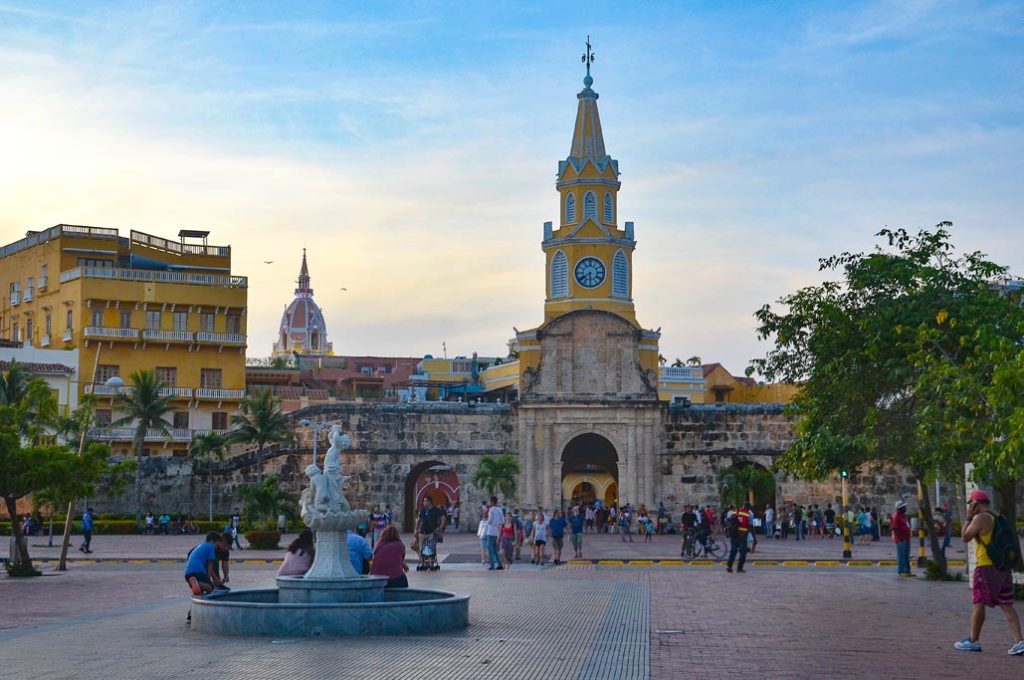
Wheelchair-accessible taxis are rare (or nonexistent) in most cities, so it’s best to travel with a folding manual wheelchair or small collapsible travel scooter that can be stored in the trunk (this requires you to be able to transfer yourself into the vehicle). Few long-distance buses are accessible, so flights are a better alternative. For more information, download Lonely Planet’s free Accessible Travel Resources guide.
Why the colectivo is my favorite way to travel in Colombia
Traveling by colectivo is always my favorite way to explore Colombia. Sure, it’s cramped, with more bodies than there are seats, and you face the prospect of sharing your personal space with a goat or chicken, but there’s no experience quite like heading off into rural parts of the country in this typically Colombian form of transport.

Over my years exploring South America, I’ve had hundreds of thrilling and hair-raising experiences in colectivos, which often serve communities that are beyond the reach of other modes of transport. As a result, colectivos can often be relied upon for incredible views.

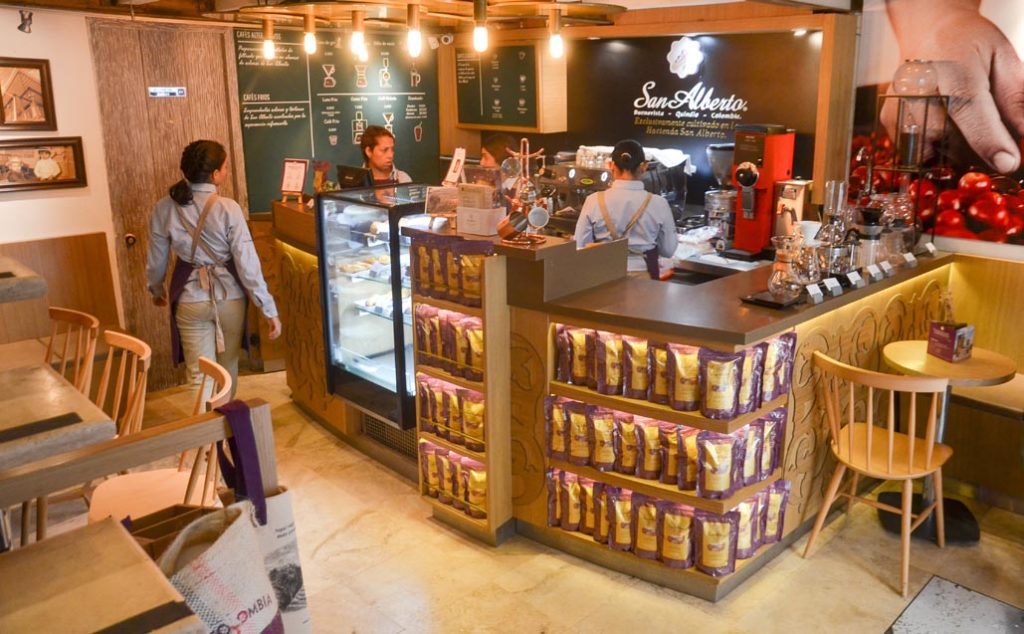
If you can, try to get the prized front seat next to the driver to avoid the squeeze in the back. If that’s already taken, aim for a seat by an openable window so you can control the air temperature, which can get stiflingly hot.
Source : lonlyplanet website
Read more :
- Do I need a visa to travel to Guatemala in 2022 ?
- Travel news 05/2021 Panama visa requirements for tourists and digital nomads
- A 7-day Canadian Rockies road trip itinerary in 2022
- Here’s everything you need to travel Cuba in 2022
- Review scuba diving in Yucatán Peninsula Mexico – The best diving moments in 2022
- Best tips for USA coast road trip 2022
- Solo travel to Central America – What to do in Central America 2022
- Discover the beauty of Atitlan Lake , Guatemala in 2022
- Tips for traveling to Yoho National Park Canada 2022
- 12 best things to do in El Paredon, Guatemala 2022
- 20 best things to do in Guatemala in 2022

